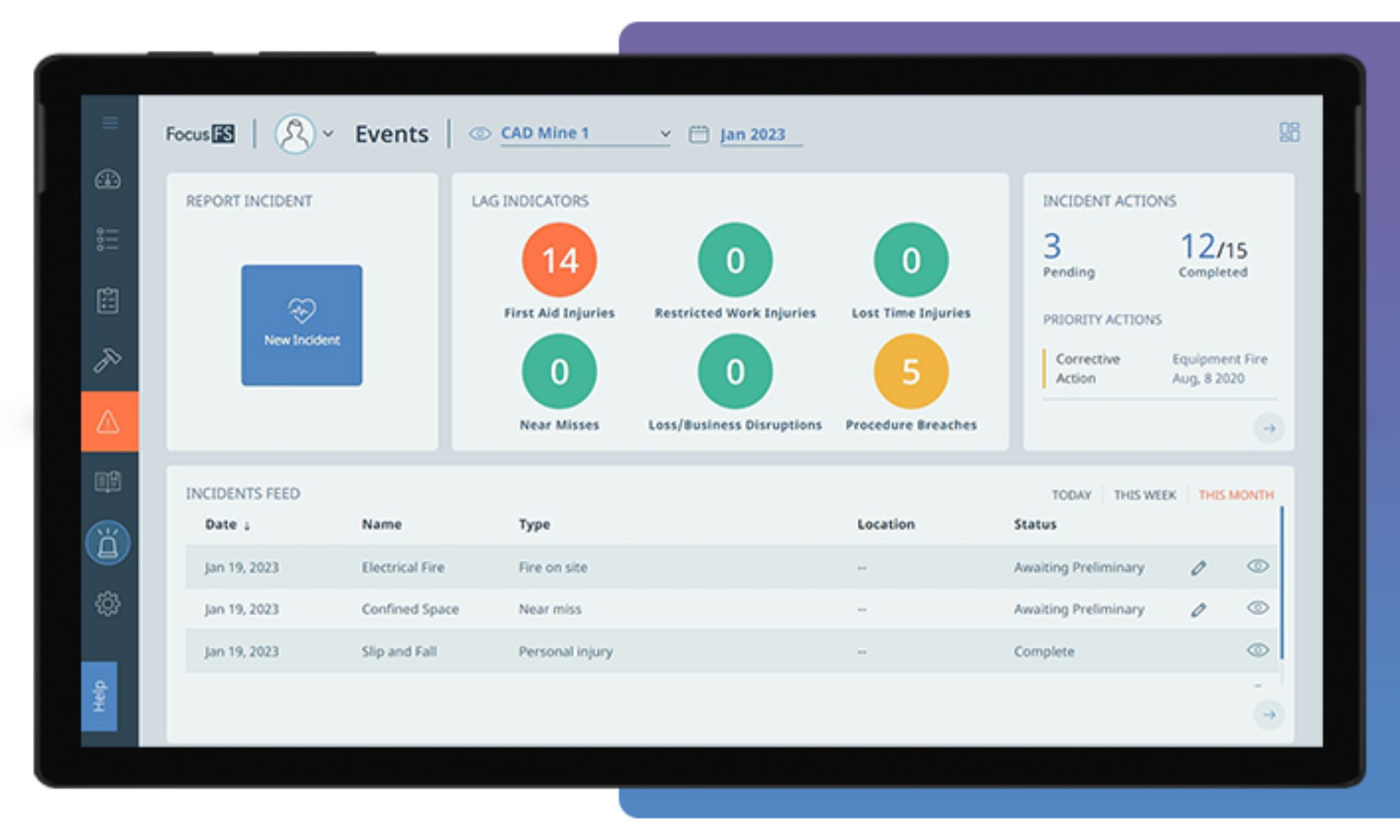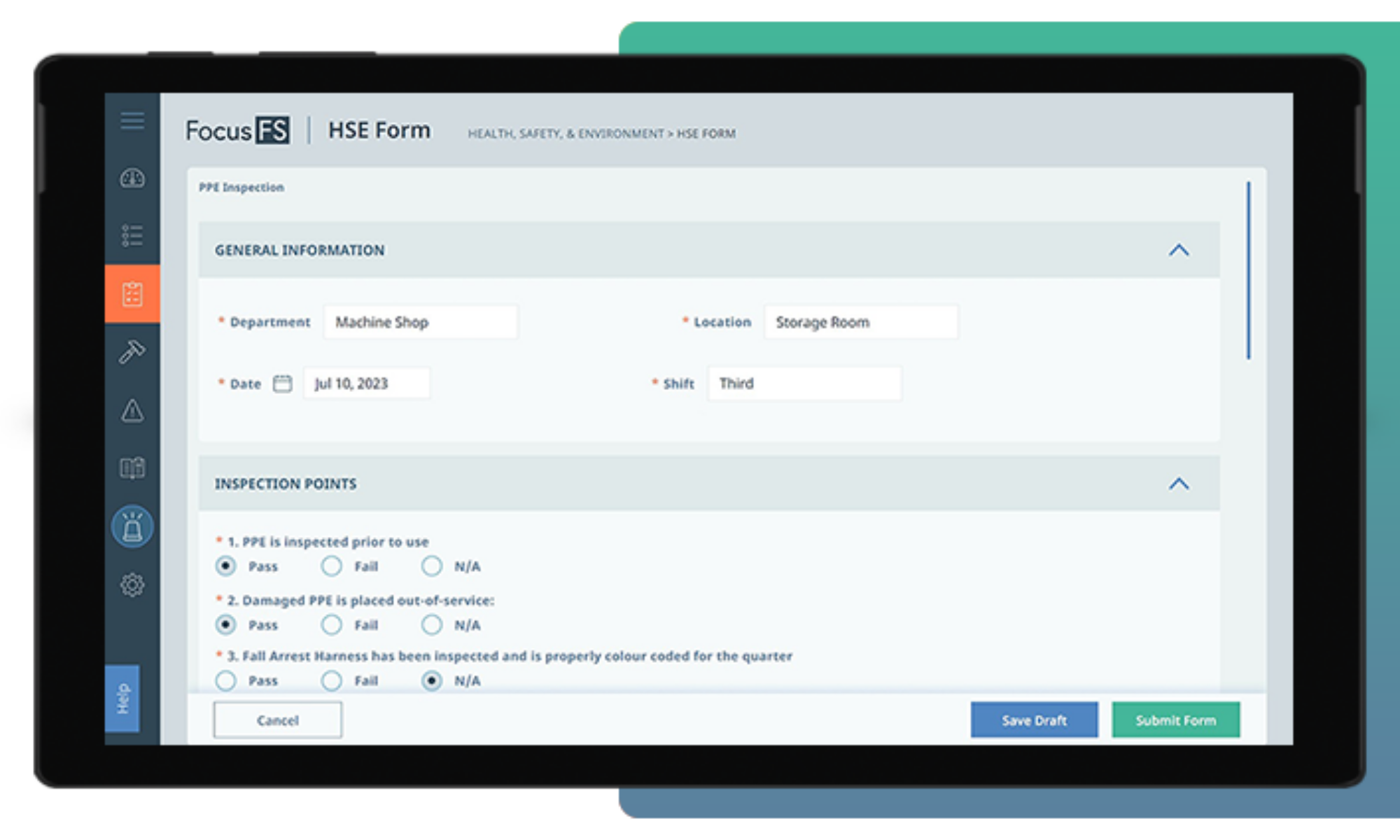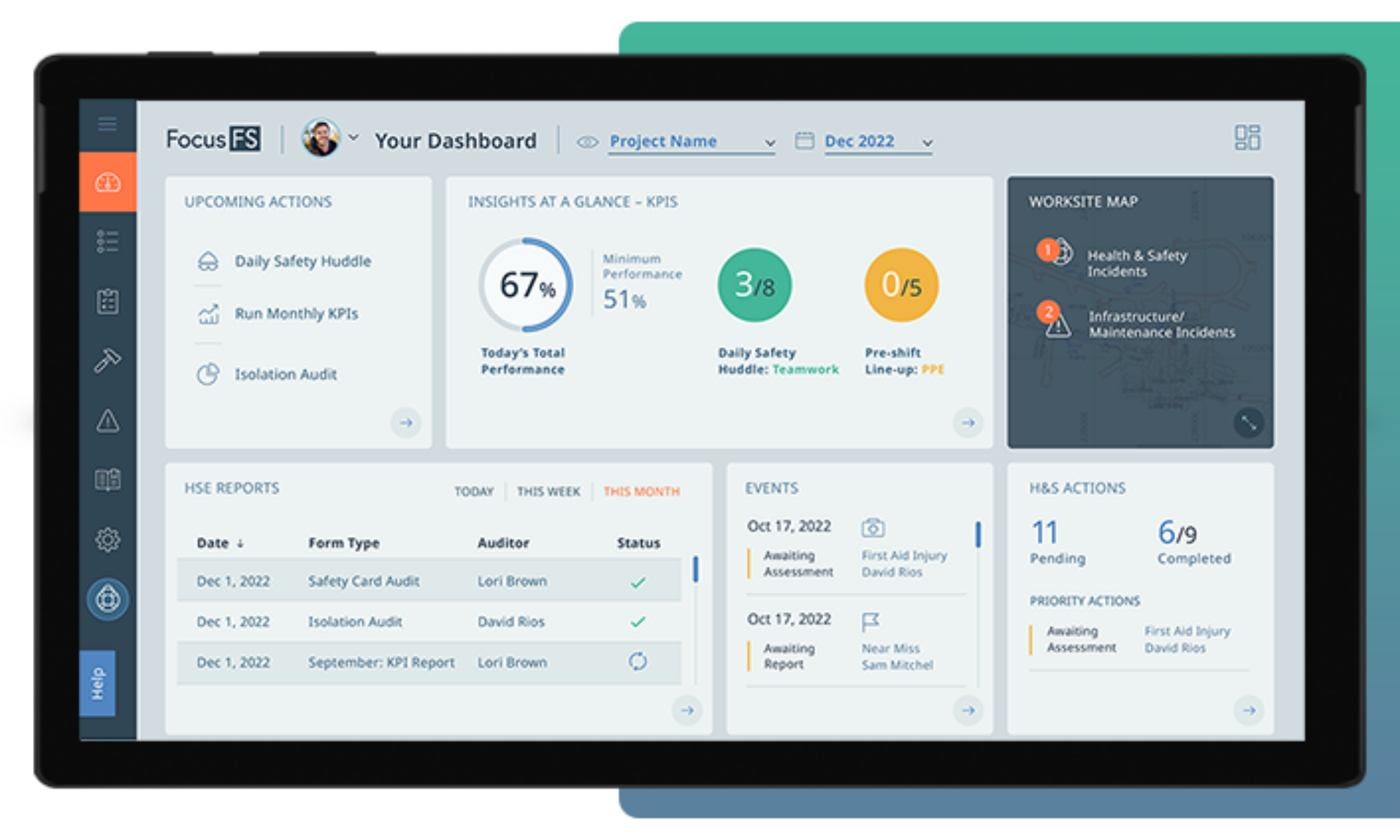Blog
Going Digital to Help Protect Workers’ Hearing
September 26, 2023
 While excessive noise levels are commonly associated with industries like mining and construction, almost every industry employs workers exposed to this potentially damaging workplace hazard.
While excessive noise levels are commonly associated with industries like mining and construction, almost every industry employs workers exposed to this potentially damaging workplace hazard.
It’s estimated over 22 million Americans and more than 11 million Canadians have worked in noisy environments that require them to raise their voices to speak with another person at an arm’s length (about three feet) away.
This indicates a noise level of around 85 decibels (dB). Many jurisdictions and industries limit exposure of continuous noise to about 85 dB over an eight-hour period, as prolonged exposure to noise at or above this can result in progressive and permanent hearing loss.
Employers and their workers should work together to prevent or lessen noise exposure, but it’s the employer’s responsibility to ensure a safe work environment and take necessary precautions to protect the health and safety of workers and others.
An effective workplace hearing conservation program can help prevent workers’ hearing loss throughout their careers. It has many components, including identifying and monitoring noise levels, providing hearing protection devices and safety training, and conducting audiometric testing and regular reviews.
Employers can prevent or limit exposure by eliminating hazardous noise sources or substituting with quieter alternatives; applying engineering controls (changing the noise source or work environment); and adopting administrative controls (reducing the duration, frequency, or level of noise exposure).
Workers can also be proactive in protecting their hearing while on the job, including completing all safety education and training courses. When workers are supplied with hearing protection devices, they need to follow instructions for the proper use and care of these devices.
They also need to correctly wear hearing protection whenever in noisy work areas – and should try to reduce time in these noisy areas or take a break from noisy activity when it’s possible to do so. It’s also advisable to keep the volume down on personal music devices and only use them in quiet spaces.
Strengthening Your Resources
An advanced software solution can go a long way in helping you efficiently manage a workplace hearing conservation program and other initiatives, which can help ensure workers’ hearing is protected today and over the long term.
Here are some of the capabilities an advanced software solution should be able to offer:
- Identify and report on specific site hazards with customized digital forms and assessments that include detailed notes and photo attachments.
- Complete and transmit noise-related audits and surveys right in the field, with the ability to review real-time data and analytics from almost anywhere.
- Manage audiometric test scheduling and related education, then conduct associated follow-up actions from a mobile device or desktop computer.
- Verify hearing protection devices and other personal protective equipment (PPE) are readily accessible; manage inventory and maintenance programs whether you’re on or offsite.
- Confirm workers receive the correct training, maintain training records and certifications, and get automated alerts when training or certifications expire.
- Maintain a secure online document database that’s easily retrievable but only accessed by authorized individuals or groups.
- Support open communications with easy-to-complete forms and questionnaires; quickly send and receive alerts and notifications.
- Easily generate and distribute detailed hearing-related evaluations and reports for internal and external stakeholders, governing bodies, and other selected parties.
Check with local officials or organizations for specific information on developing and implementing a hearing conservation program and other health and safety initiatives. Include an advanced software solution to help you manage them with ease and confidence.
Want to learn more? Contact us today using the form below.
—
Let’s get started
Contact us to discuss your current strategies and find out how our solutions are improving health and safety at companies like yours.
hbspt.forms.create({
region: “na1”,
portalId: “19922270”,
formId: “681a175c-fbf0-4ce6-9b17-92c5b5967df5”
});
—
Sources:
Centers for Disease Control and Prevention. (January 23, 2023). Noise and Occupational Hearing Loss.
Statistics Canada. (August 15, 2018). Health Reports: Canadians Vulnerable to Workplace Noise.



